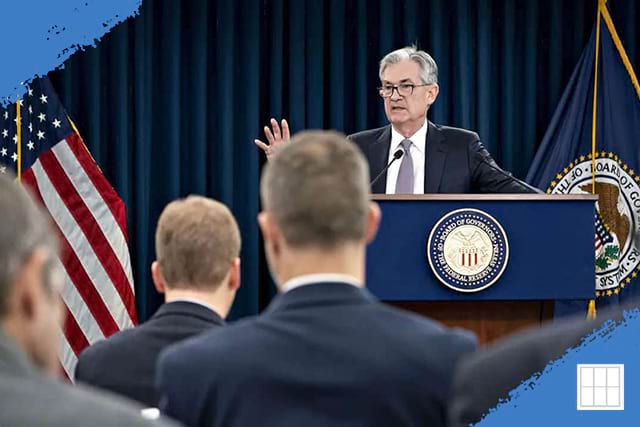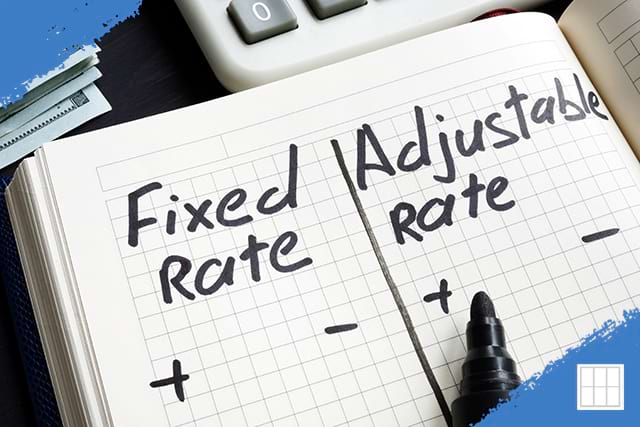On January 29, 2025, the Federal Reserve's Federal Open Market Committee (FOMC) announced its decision…

Historical Trends in Mortgage Rates in Kansas City
Understanding mortgage rates is crucial for both homebuyers and homeowners looking to refinance. By analyzing historical trends in mortgage rates, we can gain insights into what drives these fluctuations and what the future might hold. For residents and potential homebuyers in Kansas City, this knowledge can be especially valuable in making informed decisions.
Factors That Influence Mortgage Rates
Mortgage rates are influenced by various factors including the Federal Reserve’s policies, economic indicators, and the overall health of the economy. Historically, these rates have seen significant ups and downs, reflecting broader economic trends.
Key Factors Affecting Mortgage Rates
Economic Conditions: Inflation, employment rates, and economic growth are primary drivers of mortgage rates. When the economy is strong, rates tend to rise. Conversely, during economic downturns, rates usually drop to stimulate borrowing and investment.
Federal Reserve Policies: The Federal Reserve’s decisions on interest rates directly impact mortgage rates. By adjusting the federal funds rate, the Fed influences the cost of borrowing across the economy.
Market Demand: The supply and demand for mortgage-backed securities also play a crucial role. Higher demand for these securities can lead to lower mortgage rates.
Historical Trends in Mortgage Rates

The 1970s and 1980s: High Inflation and Skyrocketing Rates
During the 1970s and early 1980s, the U.S. experienced high inflation, which led to mortgage rates peaking at over 18%. This period was characterized by economic turmoil and aggressive measures by the Federal Reserve to control inflation.
The 1990s: Stabilization and Decline
The 1990s saw a stabilization of the economy and a significant decline in mortgage rates. By the end of the decade, rates had dropped to around 7-8%, making homeownership more affordable for many Americans.
The 2000s: Housing Boom and Bust
The early 2000s experienced historically low mortgage rates, fueling a housing boom. However, the financial crisis of 2007-2008 led to a spike in rates due to increased risk and uncertainty in the market.
The 2010s: Post-Crisis Recovery and Record Lows
In the aftermath of the financial crisis, mortgage rates gradually declined, hitting record lows by the mid-2010s. This period was marked by economic recovery efforts and unprecedented monetary policies.
Recent Trends and Current Landscape
The Impact of the COVID-19 Pandemic
The COVID-19 pandemic had a profound impact on mortgage rates. To counteract the economic slowdown, the Federal Reserve cut interest rates, leading to historic lows in mortgage rates. This provided an opportunity for many homeowners to refinance and for new buyers to enter the market.
Current Trends in Kansas City
In Kansas City, the trend has been similar to the national landscape. The area has seen fluctuating rates, influenced by both local and national economic conditions. As the economy continues to recover from the pandemic, mortgage rates have shown a slight upward trend but remain relatively low compared to historical averages.
Predicting Future Mortgage Rates
Predicting future mortgage rates involves analyzing economic indicators and Federal Reserve policies. While exact predictions are challenging, understanding historical trends can provide a framework for what might be expected.
Potential Influences on Future Rates
Economic Growth: Sustained economic growth could lead to higher rates as the Federal Reserve might increase rates to prevent inflation.
Federal Reserve Actions: The Fed’s approach to balancing economic growth and inflation will be crucial. Any significant policy shifts could directly affect mortgage rates.
Market Conditions: Ongoing demand for housing and mortgage-backed securities will continue to influence rates.
Making Informed Decisions
For Kansas City residents, keeping an eye on these trends and understanding the historical context can help in making informed mortgage decisions. Whether considering buying a home or refinancing an existing mortgage, timing can significantly impact the cost over the life of the loan.
Conclusion: Historical Trends in Mortgage Rates
In conclusion, understanding the historical trends in mortgage rates is essential for making smart financial decisions. As we have seen, mortgage rates are influenced by a myriad of factors and can vary widely over time. For those in Kansas City looking to buy a home or refinance their mortgage, now is a great time to explore your options. Contact Metropolitan Mortgage today to speak with an expert who can help you navigate the current mortgage landscape and find the best rates available. Don’t miss out on the opportunity to secure a favorable mortgage rate—reach out to us now!



